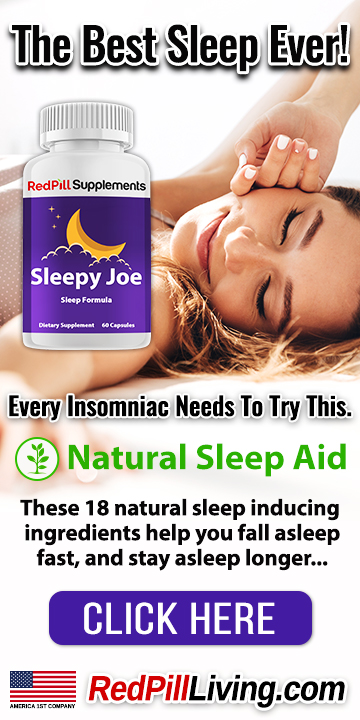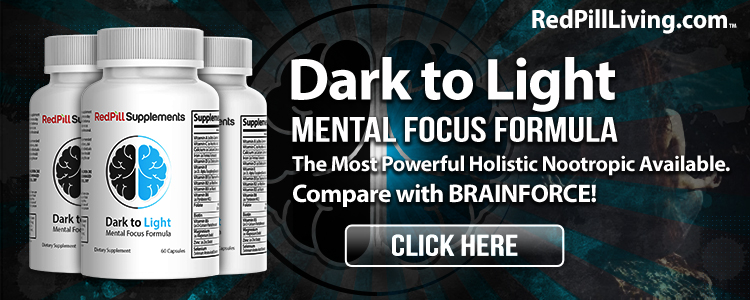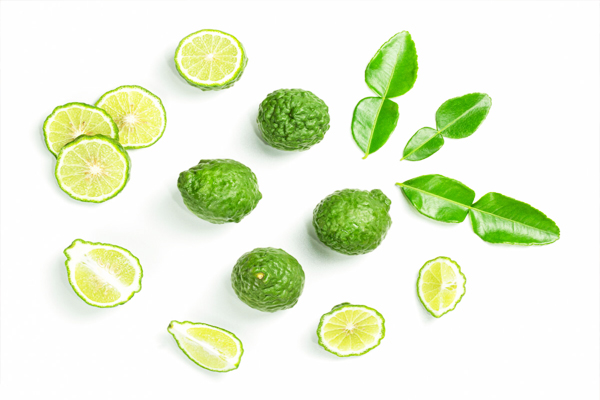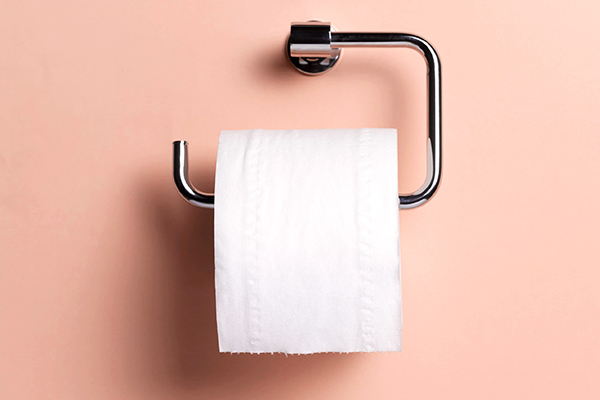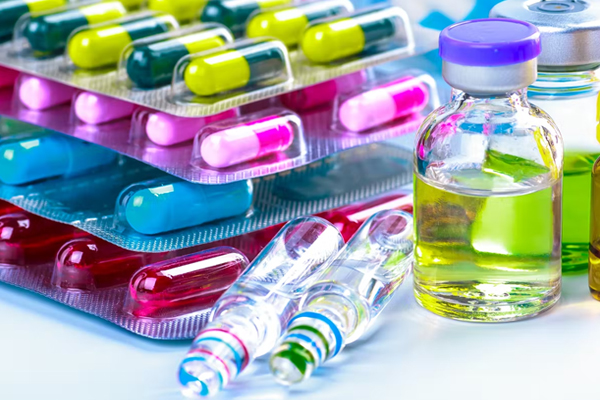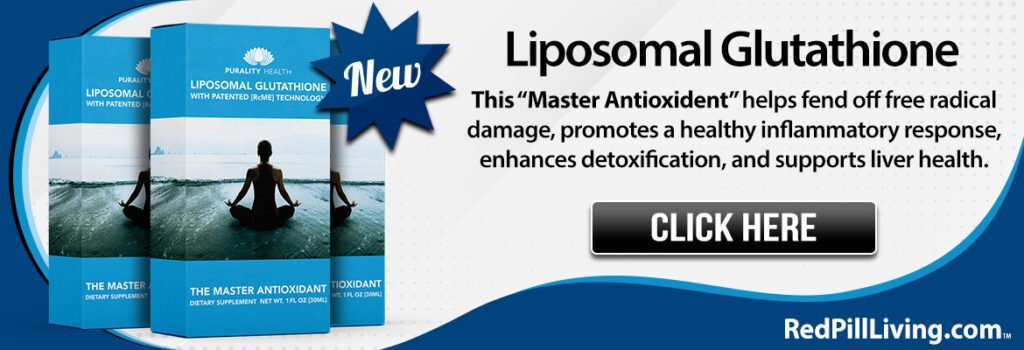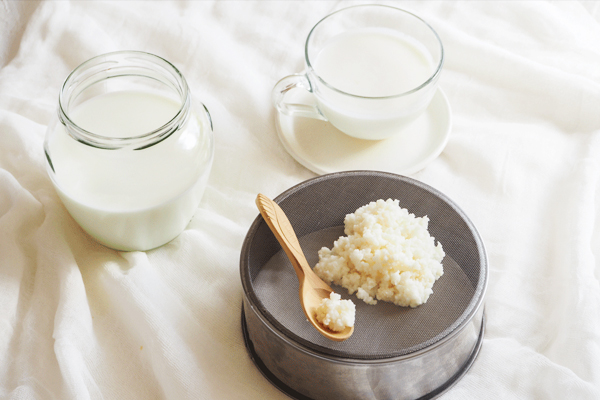Alzheimer’s Disease May Be Linked to ‘Negative Energy,’ but 1 Practice Can Help
Reported by: The Epoch Times/ Epoch Health / Stephanie Zhang, Ph.D./ Yuhong Dong, M.D., P
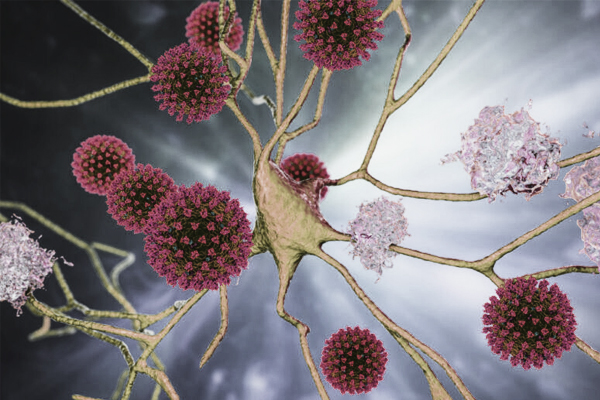
Summary of Key Facts
- Alzheimer’s disease has worsened during the COVID-19 pandemic
- The COVID-19 pandemic involves negative emotions with negative energy
- The brain is an energy organ, and meditators boost the brain’s energy
- Meditation helps control negative emotions associated with negative energy
- Meditation can prevent Alzheimer’s Disease during the COVID-19 pandemic
Alzheimer’s disease has emerged as a critical comorbidity of COVID-19. Patients with Alzheimer’s disease are more susceptible to COVID-19 infection and are prone to severe clinical outcomes.
On the other hand, people with COVID-19 were at significantly increased risk for a new diagnosis of Alzheimer’s disease, especially those aged 65 and older. The risk could increase by 69 percent within one year after an initial COVID-19 diagnosis and by 89 percent in people aged more than 85 years old and in women.
What Led to Alzheimer’s Disease Worsening During the COVID-19 Pandemic?
Research of complete autopsies on patients who died from COVID-19 found that the SARS-CoV-2 virus could be detected in the human brain from the time of the acute attack to more than seven months following symptom onset. In addition, the virus could be widely distributed and predominantly present in multiple respiratory and non-respiratory tissues, including the brain, of patients who died from severe COVID-19.

As a result, the intrusive virus-induced proinflammatory molecules that could cause Alzheimer’s disease are related to higher levels of beta-amyloid, inflammation, oxidative stress, and various neurologic symptoms, including cognitive impairment.
Chronic inflammation is one of the leading underlying causes of Alzheimer’s disease. The process involves energy mobilization and expenditure. Cognitive impairment and the formation of pathologic biomarkers, such as beta-amyloid and Tau proteins, also contribute to energy surplus and deficiency in the body to coordinate energy metabolism and seek energy balance.
While negative metabolic energy is involved in the progression of Alzheimer’s disease during the COVID-19 pandemic, what about negative emotional energy?
A Pandemic with Negative Emotions and Negative Energy
Now it is not difficult to understand why our brain is vulnerable to negative thinking, which is associated with negative energy levels, as an energy organ.
The COVID-19 pandemic evoked negative emotions.
A recently published Nature article reviewed more than 35,000 papers on mental health and the COVID-19 pandemic. The authors found a 28 percent increase in major depression and a 26 percent increase in anxiety were the most prominent responses, followed by loneliness and fear of COVID-19.
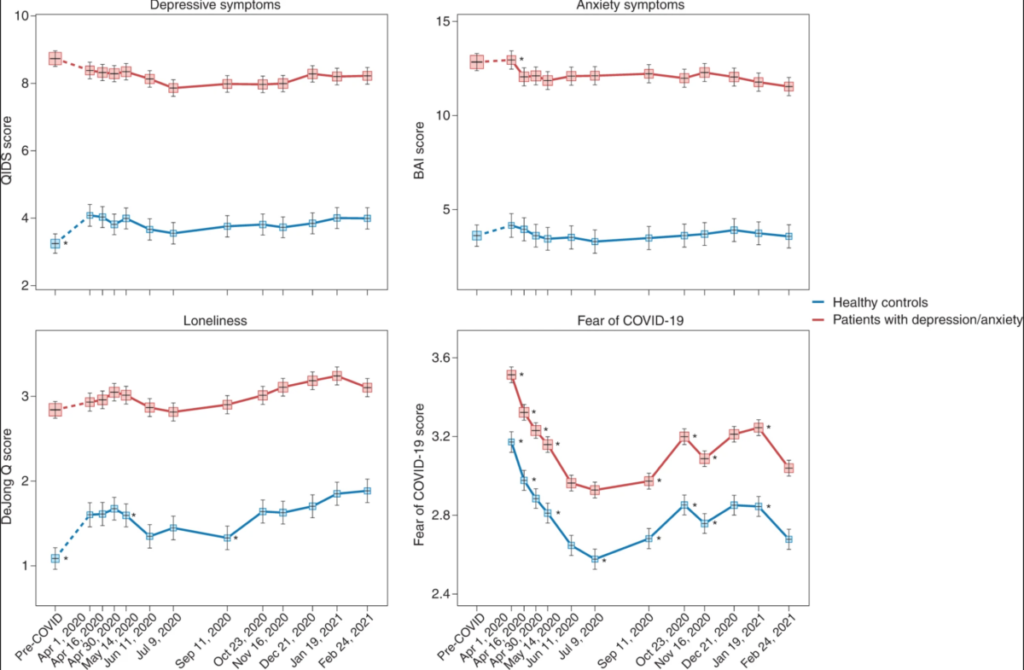
A review paper did a meta-analysis of 34 published articles and concluded that depression and anxiety were associated with Alzheimer’s disease, and persistent negative thinking was responsible for cognitive decline and neuropathological markers deposition in the brain.
In addition, persistent loneliness in mid-life is an independent risk factor for Alzheimer’s disease, which indicates that negative thinking associated with negative energy worsens Alzheimer’s disease.
Therefore, it is critical to reduce negative energy during the COVID-19 pandemic, especially for those with long-lasting negative energy that has already manifested into existing Alzheimer’s disease.
The Brain Is an Organ With a Recordable Energy Field
What we usually understand about energy pertains to biochemical energy, measured by calories or energy-generating substances such as ATP molecules.
However, there are other forms of bioenergy.
Since the 19th century, scientists have recognized that the brain generates an electromagnetic field arising from the discharging activity of nerve cells in the brain. When taken as a whole, that electrical activity forms an electromagnetic field in the brain.
Instruments can detect the brain’s electromagnetic field. Electroencephalogram (EEG) and magnetoencephalography (MEG) measure brain activity and provide evidence of brain energy.
Scientists have even calculated that a normal brain could produce 10 watts of electricity. If all 10 billion interconnected nerve cells were to discharge simultaneously, the energy would be robust enough to power a flashlight.
Brainwaves are associated with a person’s conscious activity. By frequency magnitude standards, brainwaves broadly fall into five categories.
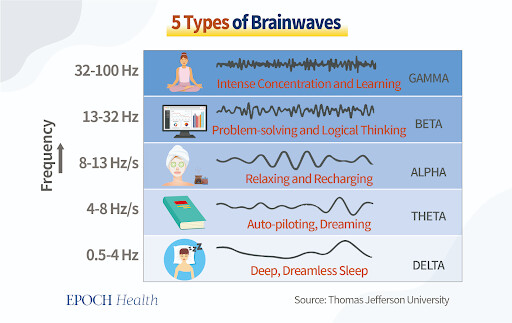
Senior Meditators with Positive Personalities Present High Brain Energy
A study from Jefferson University found that regular meditation sessions advance the frequency of gamma waves and the number of occurrences of such waves.
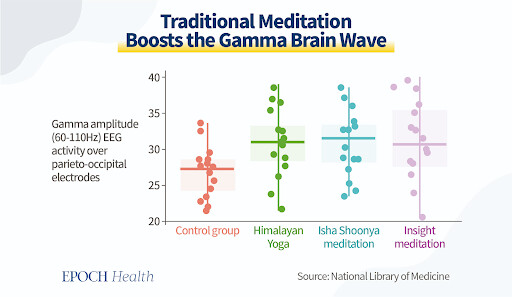
Richard Davidson, a neuroscientist at the University of Wisconsin, found that after observing gamma wave activity in senior-level meditators’ brains, waves showed consistently powerful gamma wave patterns, which proved to be a persistent trait, regardless of what they were doing at the time.
In other words, those strong gamma waves represent not just the state of one’s brain while in meditation but a day-to-day regular state. Sitting meditation had already changed the status of the meditators’ brain energy.
Researchers were stunned by this phenomenon. Moreover, they noted the meditators’ open-mindedness, tolerance, and peacefulness.

Emotion Has Energy
Our thoughts and emotions have energy. American psychiatrist David R. Hawkins has illustrated a pyramid graph showing that people with different emotions or thoughts exhibit different energy levels.
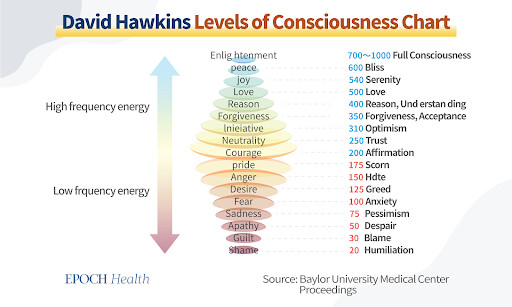
Positive emotions are associated with positive energy, and negative emotions are linked with negative energy.
The more capable a person is in controlling his emotion, the healthier he will be.
Meditation Can Help Us Control Emotions
Meditation has been scientifically proven to help enhance emotional control and suppress negative emotions, including anxiety and insomnia.
Scholars from the University of Minnesota and the University of Toronto in Canada have studied the effects of meditation on people’s ability to control their emotions.
After seven weeks of intervention with meditation with positive thoughts, meditation with relaxation, and non-meditation control, researchers found that people who meditated with positive thoughts were more able to control their emotions than those in the other two groups.
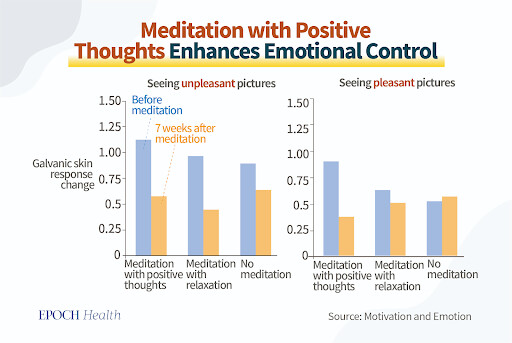
Meditation Can Help Prevent Alzheimer’s Disease
Research has also shown that meditation might have protective effects on the brain, reversing the aging of brain structures, restoring a person’s reaction speed, and improving attentional performance. These findings can be interpreted as meditation boosting the brain’s energy.

Conclusion
During the post-COVID-19 era, the long-term sequelae of long COVID-19 and Alzheimer’s disease will combine to make matters worse for many people. AD is interconnected with COVID-19 at physical, mental, and energetic levels. A traditional yet modern exercise, sitting meditation, may promise to ease these two burdens.
Incase you missed it:
Coffee Good for Diabetes and Its Common Complications: Current Studies

Cold-Water Fish Improves Cognitive Function, Helps Build a Healthy Brain

